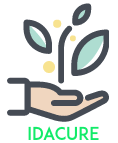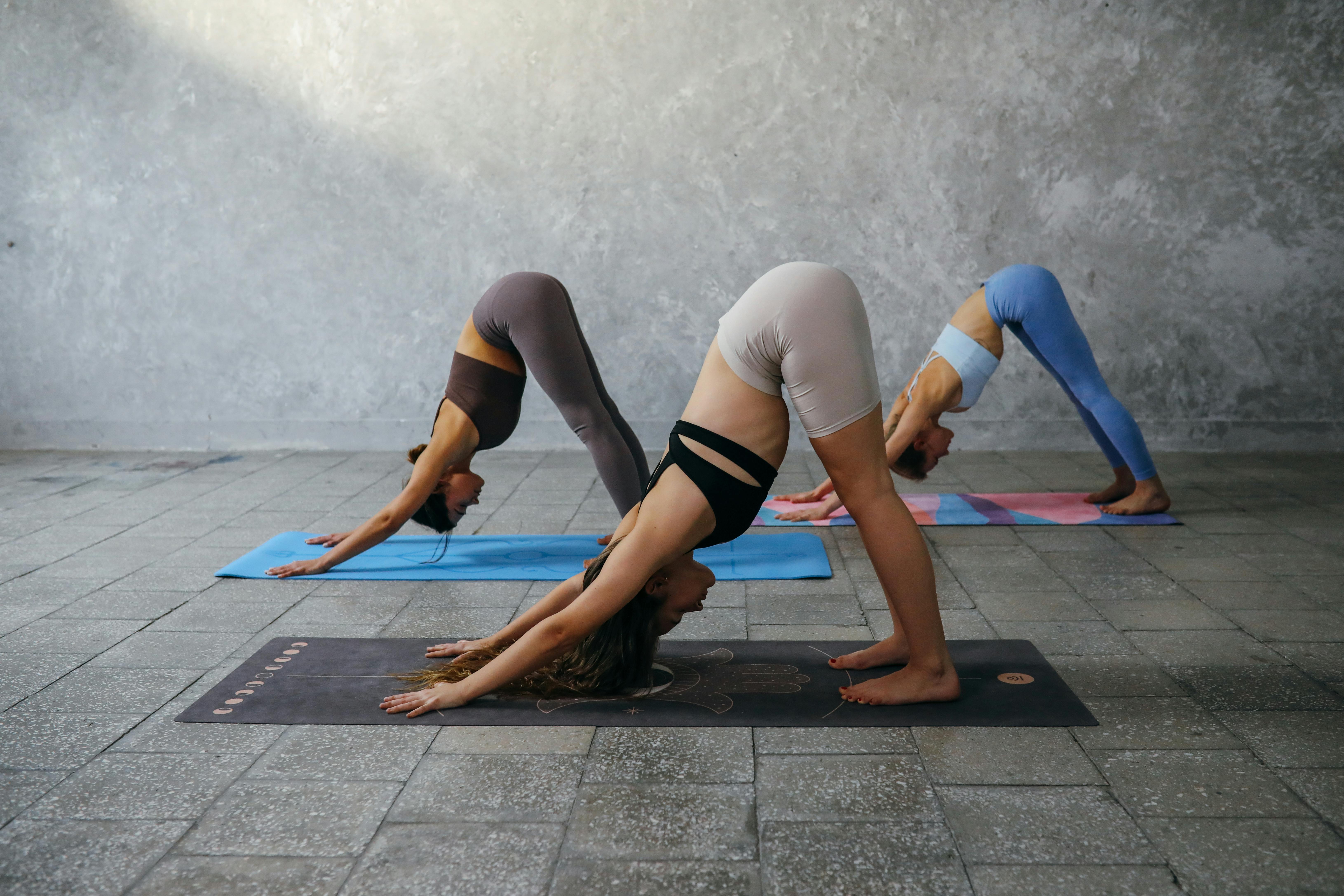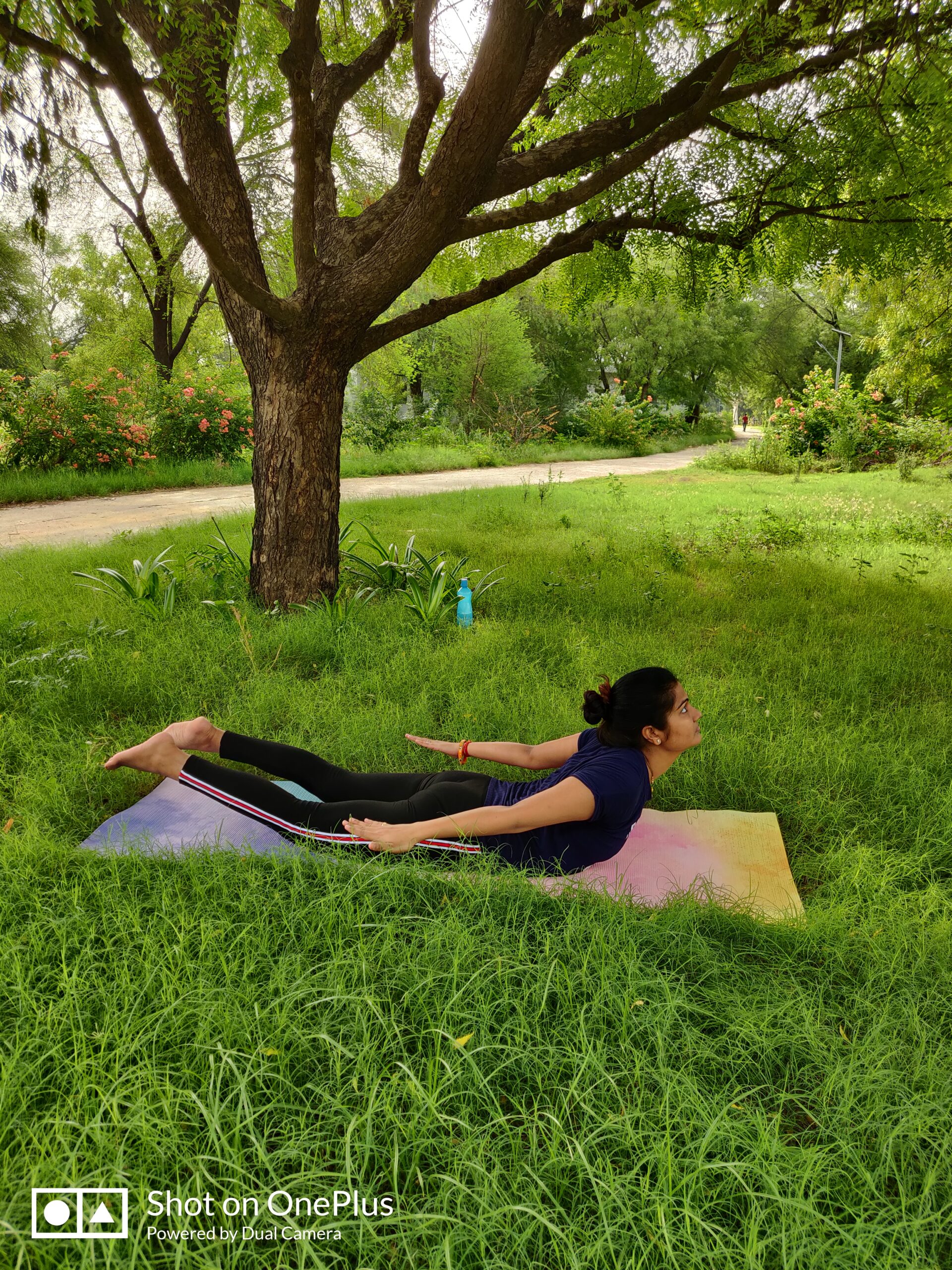Introduction
Stroke, often referred to as a “brain attack,” is a medical emergency that occurs when there is a disruption in the blood supply to the brain. It can have devastating consequences, affecting not only physical health but also mental and emotional well-being. While conventional medical interventions are crucial in the acute phase, naturopathic management offers a holistic approach that can play a significant role in stroke recovery, prevention, and long-term well-being.
Understanding Stroke
What is Stroke?
- Defining stroke and its types: ischemic, hemorrhagic, and transient ischemic attack (TIA).
- The role of blood vessels and brain function in stroke occurrence.
Understanding the Causes and Symptoms of Stroke
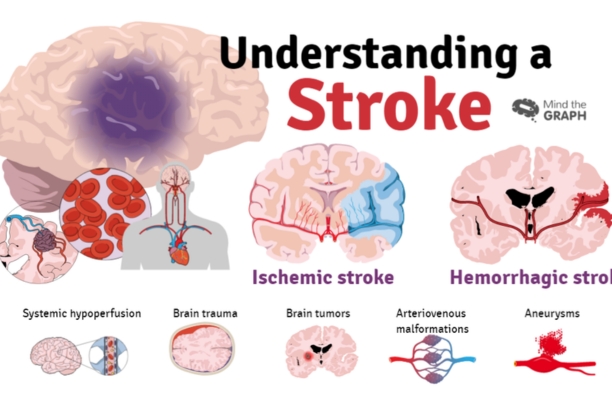
The Complex Causes of Stroke
1. A Vascular Crisis
- The fundamental role of blood vessels in stroke occurrence.
- Differentiating between ischemic, hemorrhagic, and transient ischemic strokes (TIAs).
2. Hypertension: The Silent Culprit
- How high blood pressure is a leading cause of stroke.
- Strategies for managing hypertension and reducing stroke risk.
3. Lifestyle Factors
- The impact of smoking, unhealthy diet, lack of exercise, and excessive alcohol consumption on stroke risk.
- The importance of making healthy choices for prevention.
4. Beyond Lifestyle: Genetics and Other Contributors
- The role of genetics and family history in stroke susceptibility.
- Other factors such as age, gender, and underlying medical conditions.
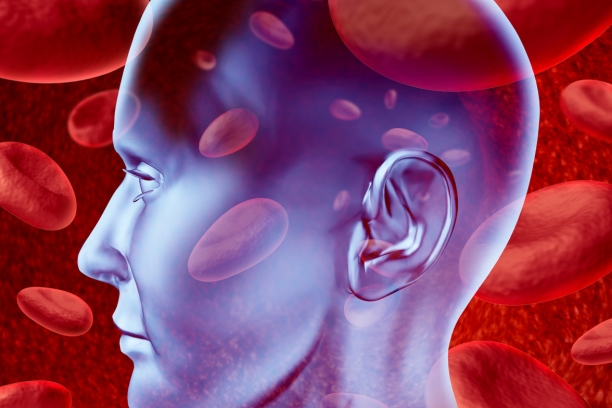
Unmasking the Symptoms of Stroke
1. Sudden and Severe: Recognizing the Warning Signs
- Understanding the hallmark symptoms of stroke: sudden numbness or weakness, confusion, trouble speaking or understanding, vision problems, severe headache, and dizziness.
- The importance of acting FAST: Face drooping, Arm weakness, Speech difficulty, Time to call 911.
2. Ischemic vs. Hemorrhagic Stroke Symptoms
- Differentiating between the symptoms of ischemic and hemorrhagic strokes.
- The urgency of seeking immediate medical attention based on symptom presentation.
3. Silent Strokes: Symptoms May Go Unnoticed
- The concept of “silent strokes” and their long-term consequences.
- How routine medical check-ups and diagnostic tests can detect silent strokes.
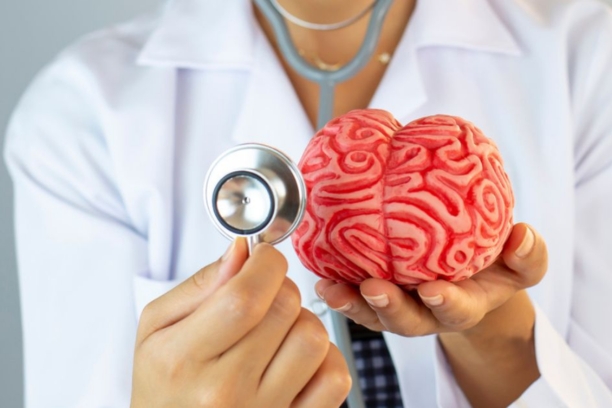
4. Transient Ischemic Attack (TIA) Symptoms
- Recognizing the temporary nature of TIA symptoms.
- Why TIAs should not be ignored, as they can serve as precursors to major strokes.
Naturopathic Treatments and Therapies for Stroke Recovery
we will explore various naturopathic treatments and therapies that can play a pivotal role in stroke recovery, enhancing the conventional medical approaches mentioned earlier. These therapies are designed to address both the physical and emotional aspects of stroke rehabilitation, supporting individuals in their journey toward regaining independence and improving their overall quality of life.
Nutritional Support
1. Healing Foods for Brain Health

- The power of a well-balanced, nutrient-rich diet in stroke recovery.
- Specific foods and nutrients that promote brain healing and reduce inflammation.
2. Herbal Remedies
- Herbal supplements known for their neuroprotective properties.
- How herbs like ginkgo biloba and turmeric can aid in stroke recovery.
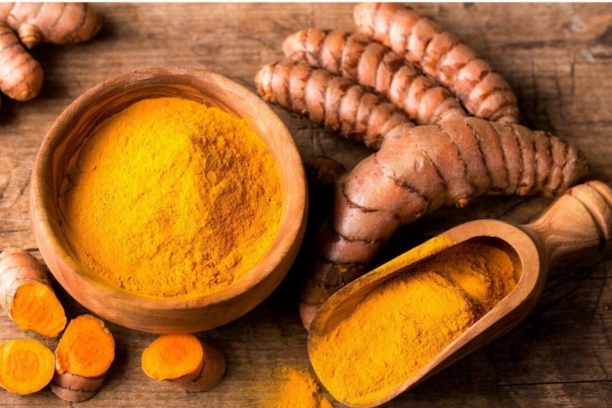
Mind-Body Practices
1. The Mind-Body Connection
- Understanding the impact of stress and emotional well-being on stroke recovery.
- Mindfulness meditation and relaxation techniques for reducing anxiety and improving mental clarity.
2. Yoga and Tai Chi
- The therapeutic benefits of yoga and tai chi in enhancing balance, strength, and mental resilience.
- Tailored practices suitable for stroke survivors.
Lifestyle Modifications
1. Smoking Cessation
- The harmful effects of smoking on blood vessels and stroke risk.
- Strategies and resources for quitting smoking.
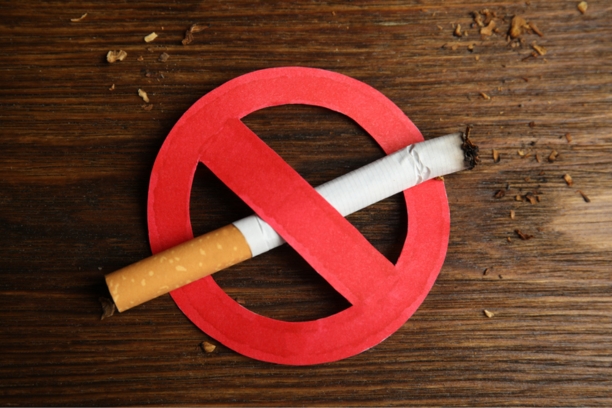
2. Physical Activity
- The role of regular exercise in maintaining cardiovascular health and promoting mobility.
- Customized exercise programs designed for stroke survivors.
3. Managing Hypertension
- The significance of blood pressure control in stroke prevention.
- Dietary approaches and relaxation techniques for managing hypertension naturally.
Physical Therapy
1. The Role of Physical Therapy
- Understanding the importance of physical therapy in stroke recovery.
- How physical therapists create personalized rehabilitation plans.
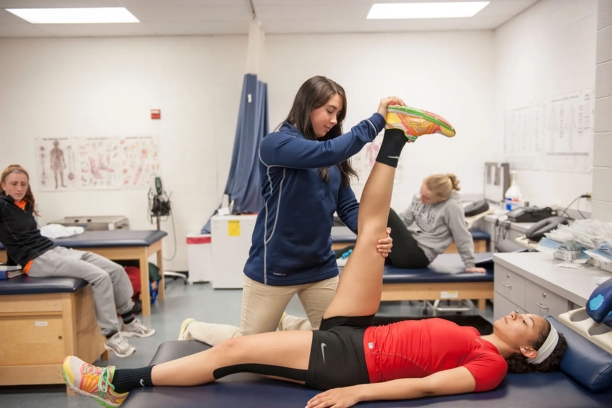
2. Range of Motion Exercises
- The significance of maintaining joint flexibility after a stroke.
- Sample range of motion exercises to improve mobility.
3. Strength Training
- Building muscle strength to regain independence.
- Safe and effective strength training exercises for stroke survivors.
Occupational Therapy
1. The Scope of Occupational Therapy
- Exploring the goals and objectives of occupational therapy in stroke rehabilitation.
- How occupational therapists assess and address functional limitations.
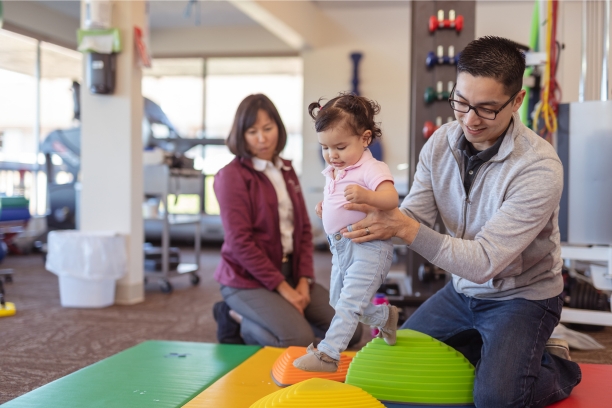
2. Activities of Daily Living (ADL) Training
- Regaining independence in everyday tasks like dressing, bathing, and cooking.
- ADL training strategies for stroke survivors.
3. Adaptive Equipment and Assistive Devices
- The role of adaptive equipment in facilitating independence.
- Types of assistive devices that can improve quality of life.
Speech Therapy
1. Communication Challenges After Stroke
- The impact of stroke on speech and language abilities.
- How speech therapists evaluate and treat communication deficits.
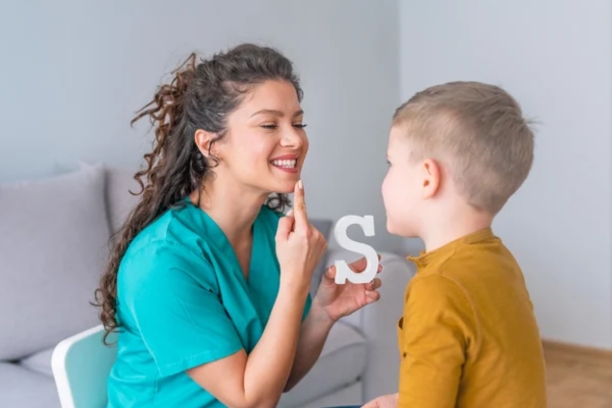
2. Articulation and Language Exercises
- Speech therapy exercises to improve articulation and language skills.
- Techniques for regaining clear and effective communication.
Naturopathic Therapies
Massage Therapy
1. Benefits of Massage for Stroke Survivors
- Exploring the physical and emotional benefits of massage therapy in stroke recovery.
- How massage can improve circulation, reduce muscle tension, and enhance relaxation.
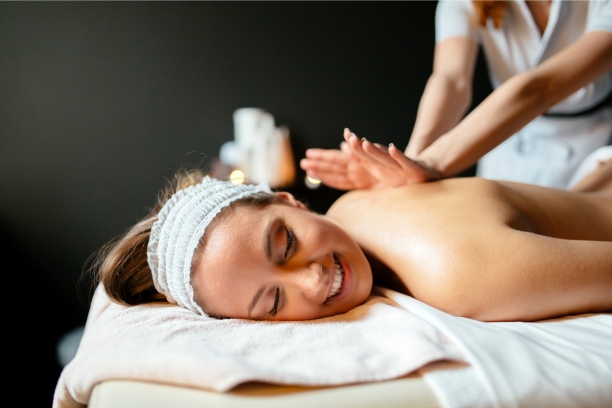
2. Types of Massage for Stroke Rehabilitation
- Different massage techniques suitable for stroke survivors.
- Tailoring massage sessions to individual needs and preferences.
Steam Therapy
1. Steam Therapy for Stress Reduction
- Understanding how steam therapy promotes relaxation and reduces stress.
- Creating a safe and comfortable environment for steam therapy.
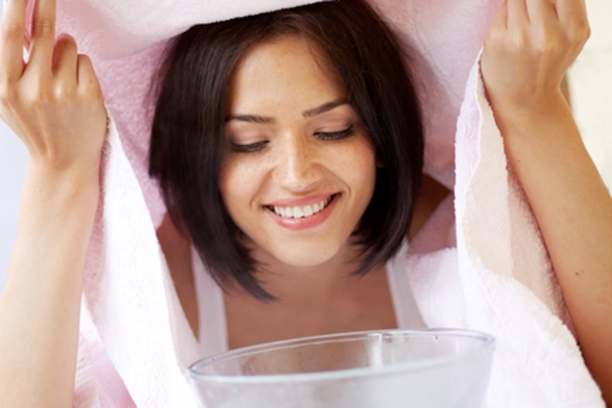
2. Detoxification Benefits of Steam
- How steam therapy aids in detoxifying the body.
- Precautions and guidelines for incorporating steam therapy into stroke recovery.
Mud Therapy
1. The Therapeutic Potential of Mud
- Exploring the ancient practice of mud therapy and its modern applications.
- Mud therapy’s role in reducing inflammation and promoting pain relief.
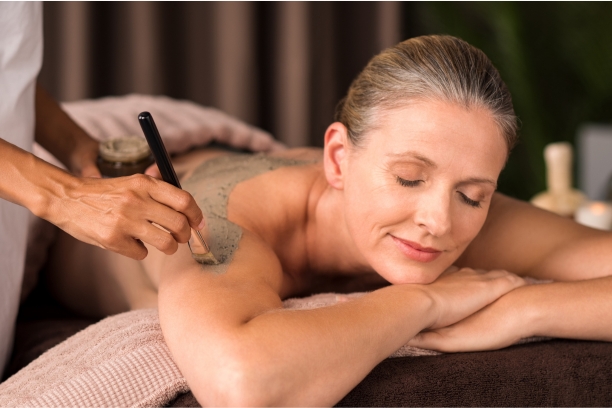
2. Mud Packs and Compresses
- Creating mud packs and compresses for targeted pain relief.
- Incorporating mud therapy into a holistic stroke recovery plan.
Hydrotherapy
1. Hydrotherapy and Its Benefits
- Understanding the advantages of hydrotherapy for stroke survivors.
- How water-based exercises can improve mobility and reduce pain.
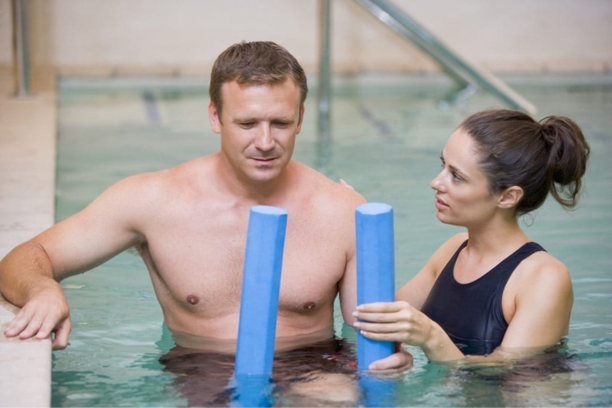
2. Aquatic Exercises for Stroke Recovery
- Sample hydrotherapy exercises suitable for individuals with varying levels of mobility.
- Safety precautions and considerations for aquatic therapy.
Acupuncture
1. The Principles of Acupuncture
- Exploring the foundations of acupuncture and its holistic approach to healing.
- How acupuncture can promote the body’s natural healing processes.

2. Acupuncture in Stroke Rehabilitation
- The role of acupuncture in alleviating pain, improving circulation, and enhancing overall well-being.
- Finding qualified acupuncturists experienced in stroke rehabilitation.
Power of Yogasanas
1. Yoga as a Therapeutic Tool
- Understanding how yoga can support stroke recovery.
- The principles of yoga that promote physical and mental healing.
2. Salabhasana (Locust Pose)
- Detailed instructions on how to perform Salabhasana.
- The benefits of this pose for strengthening the back and improving posture.
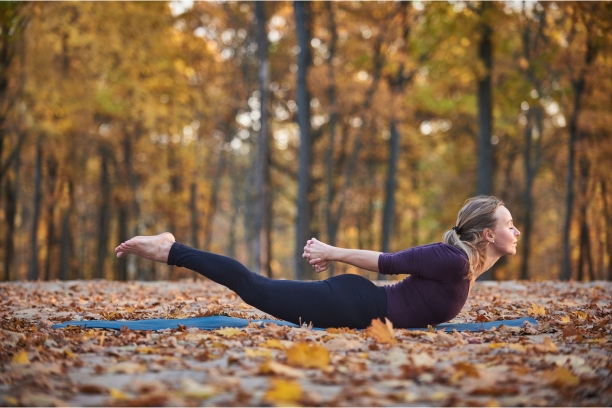
3. Ustrasana (Camel Pose)
- A step-by-step guide to practicing Ustrasana.
- How this pose can enhance flexibility and relieve back pain.
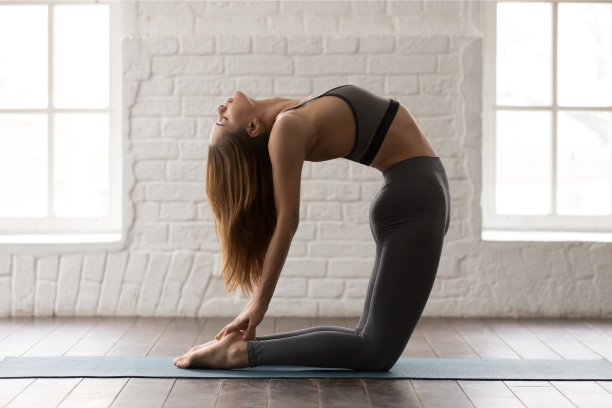
4. Virabhadrasana II (Warrior II)
- Instructions for achieving proper alignment in Virabhadrasana II.
- How this pose aids in building strength and balance.
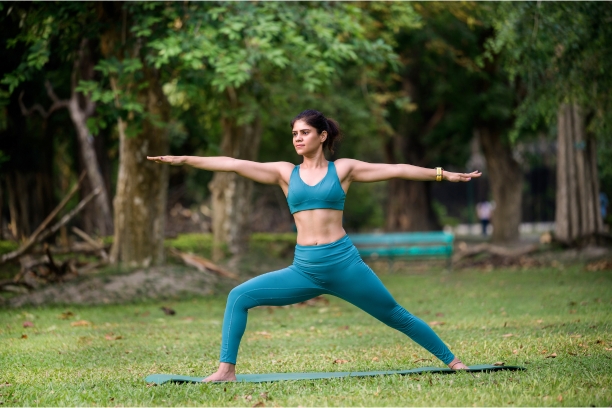
Holistic Yogic Management
1. Tadasana (Mountain Pose)
- The fundamentals of Tadasana and its significance in yogic management.
- How Tadasana can improve posture and body awareness.
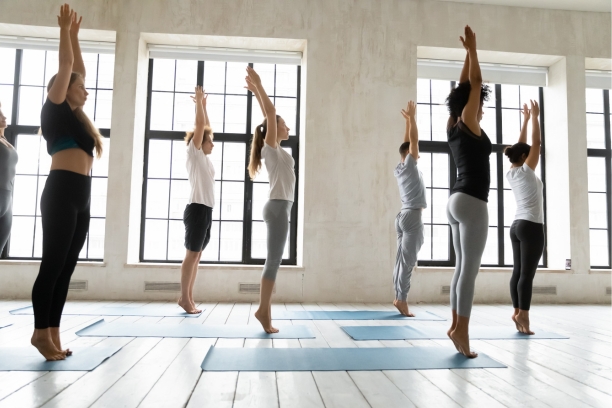
2. Vrikshasana (Tree Pose)
- A detailed guide to practicing Vrikshasana and finding balance.
- The mental benefits of this pose, including improved focus and concentration.

3. Bhujangasana (Cobra Pose)
- The therapeutic effects of Bhujangasana on the spine and abdominal organs.
- How this pose can alleviate back pain and enhance digestion.
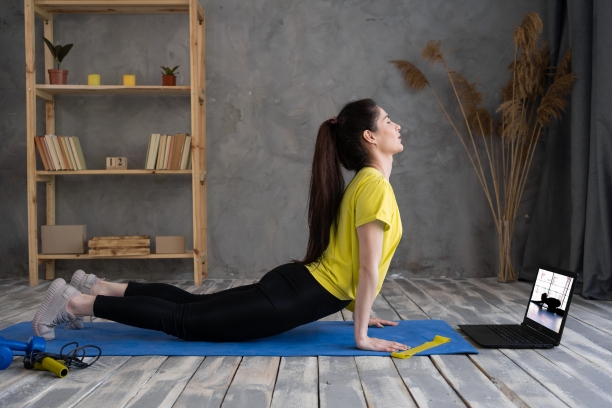
Pranayama and Meditation
Anulom Vilom Pranayama
1. Understanding Anulom Vilom Pranayama
- The fundamentals and benefits of this popular pranayama technique.
- How Anulom Vilom Pranayama promotes relaxation and balances energy.
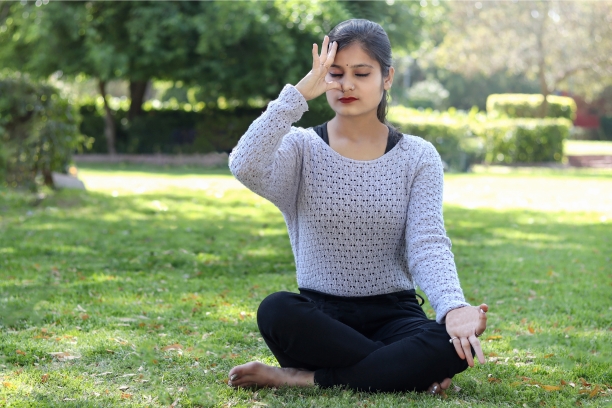
2. Practicing Anulom Vilom Pranayama
- Step-by-step instructions for performing the technique safely and effectively.
- Incorporating Anulom Vilom Pranayama into a daily routine for stroke recovery.
Chandrabhedi Pranayama
1. The Cooling Effects of Chandrabhedi Pranayama
- Exploring the benefits of Chandrabhedi Pranayama in reducing stress and anxiety.
- How this pranayama technique can enhance mental clarity.
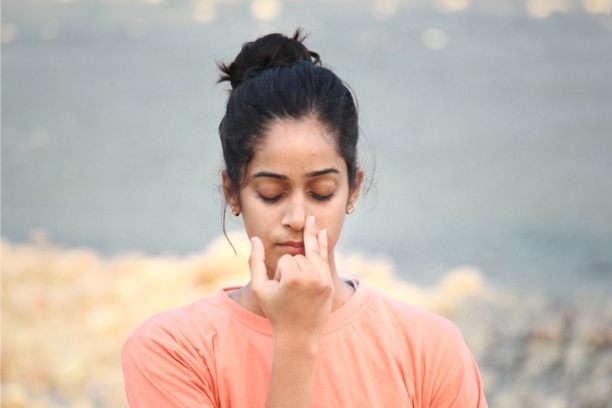
2. Step-by-Step Guide to Chandrabhedi Pranayama
- Practicing Chandrabhedi Pranayama with ease and safety.
- Incorporating cooling breath into daily life for stroke survivors.
Bhramari Pranayama
1. The Calming Influence of Bhramari Pranayama
- Understanding how Bhramari Pranayama can soothe the nervous system.
- Its potential to alleviate anxiety and promote emotional well-being.
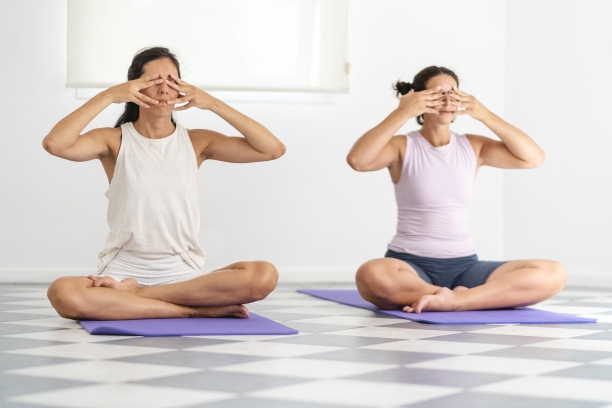
2. Performing Bhramari Pranayama
- Step-by-step instructions for the humming bee breath technique.
- Using Bhramari Pranayama as a tool for relaxation and mental focus.
Meditation Techniques for Stroke Survivors
1. Mindfulness Meditation
- Embracing the practice of mindfulness and its applications in stroke recovery.
- Cultivating present-moment awareness through mindfulness meditation.
2. Guided Visualization
- Using guided visualization to enhance physical rehabilitation.
- How visualization techniques can improve motor skills and mobility.
Meditation for Stress Reduction
1. Managing Stress Post-Stroke
- Recognizing the impact of stress on stroke recovery.
- The role of meditation in reducing stress and promoting relaxation.
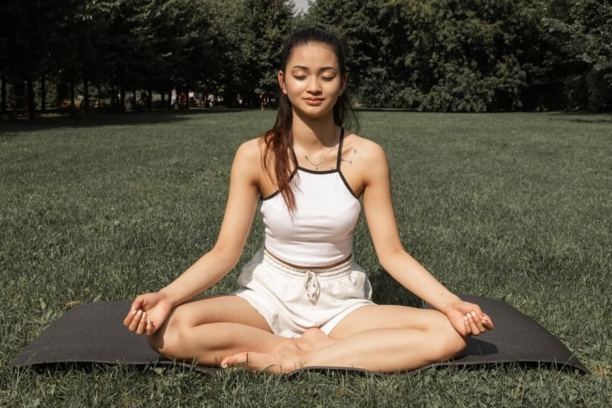
2. Stress Reduction Techniques
- Practical meditation techniques for stress management.
- Personalizing meditation practices to address individual stressors.
Meditation and Cognitive Recovery
1. Promoting Cognitive Healing
- How meditation can enhance cognitive function after a stroke.
- Testimonials from stroke survivors who have experienced cognitive improvement through meditation.
2. Meditation Practices for Cognitive Enhancement
- Meditation techniques that support memory, focus, and mental clarity.
- Strategies for incorporating meditation into daily life for cognitive benefit.
Conclusion:
Summarizing the diverse naturopathic treatments and therapies available for stroke recovery and prevention.we delve into the intricate causes of stroke, highlighting the role of blood vessels, hypertension, lifestyle choices, genetics, and other contributing factors. By integrating these approaches with conventional medical care, stroke survivors can access a wider range of tools to support their physical and emotional healing, ultimately enhancing their quality of life after a stroke.we explore the transformative power of yoga, pranayama (breathing techniques), and meditation in stroke recovery. These practices not only enhance physical rehabilitation but also foster mental clarity, emotional balance, and overall well-being.
